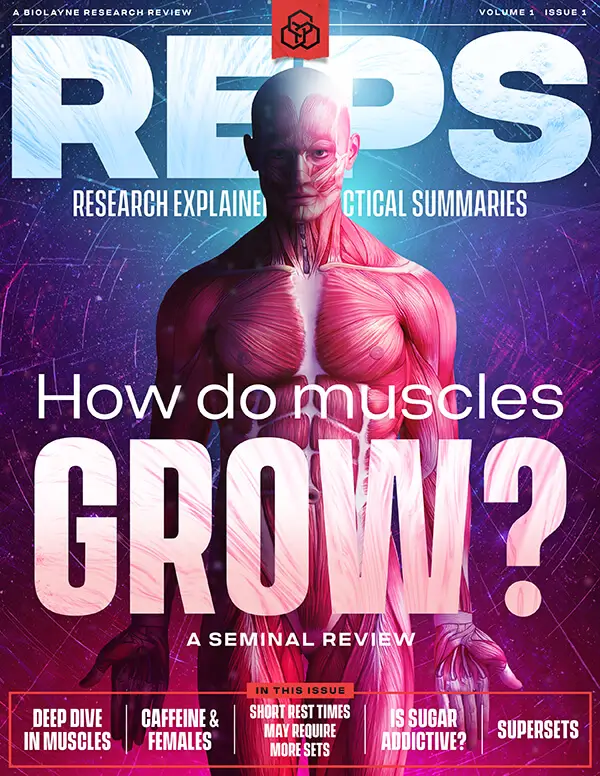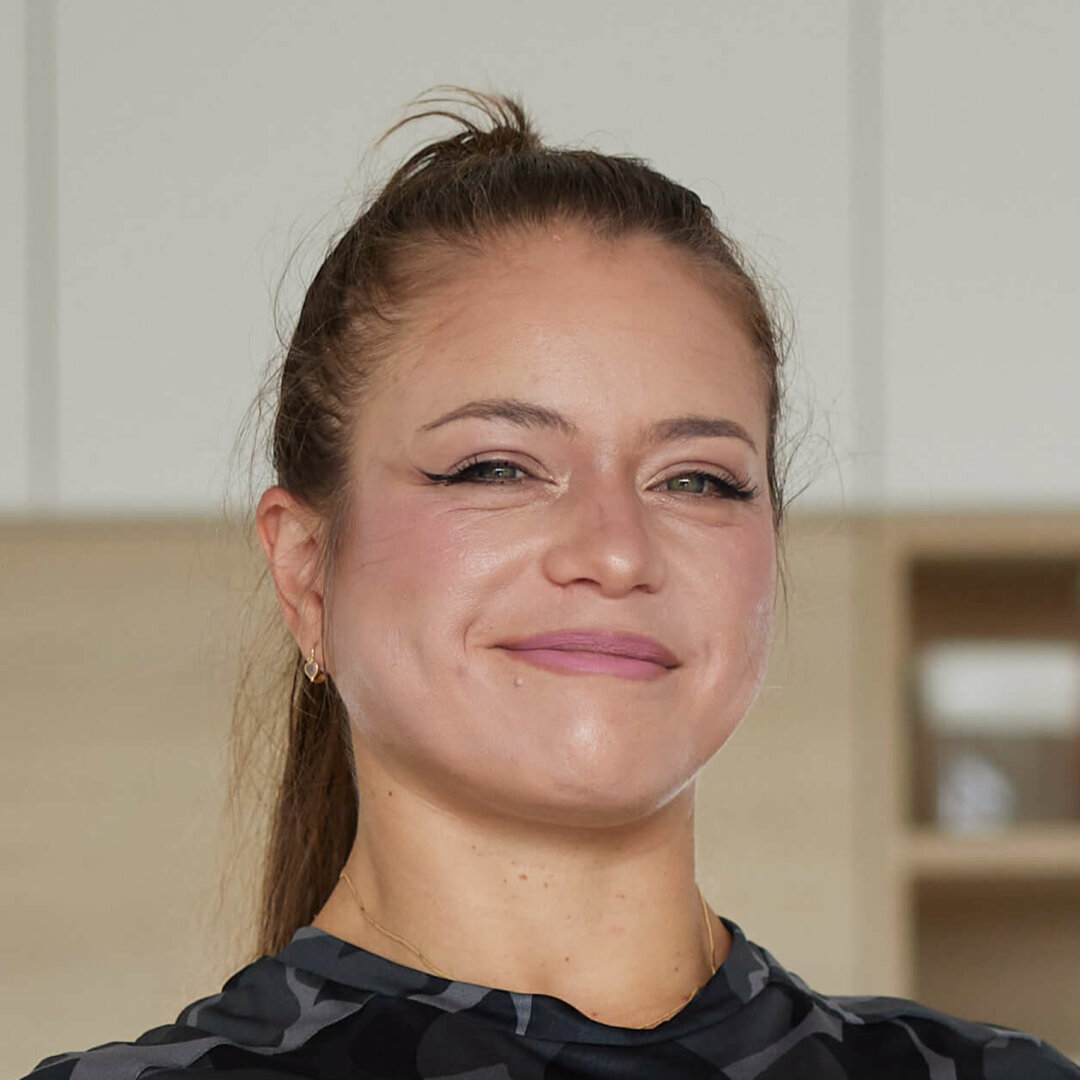Calorie restriction (CR) can help with weight loss, but it’s often hard to maintain long term. Intermittent fasting (IF), particularly time-restricted eating (TRE),is an alternative that can achieve similar weight and health benefits, and be more sustainable for some individuals. While previous studies have explored TRE and resistance training (RT) separately, little research has examined their combined effects, especially on both physical and psychological outcomes in young adults with overweight or obesity. This study aimed to fill that gap.
Overview
- What did they test? The authors conducted a randomised controlled trial that examined the effects of time restricted eating (TRE) with or without resistance training (RT) on body composition, mood profile, and sleep quality in young college adults with overweight or obesity.
- What did they find? Fifty four young college students completed the study. Combining TRE and RT provided the most comprehensive benefits, including weight and fat loss, preserved lean mass, improved body measurements, better blood pressure, and reduced anxiety.
- What does it mean for you? Overweight and/or obese young people looking to lose weight and maintain lean mass may wish to combine TRE and RT, rather than doing one or the other.
What’s the Problem?
Purpose
Dietary restriction and/or exercise regimens can promote weight loss among patients with obesity. Calorie restriction (CR) is a non-pharmacological intervention for controlling weight gain by intentionally restricting daily energy intake by 20-40% 1. However, this can be challenging to maintain over time, often leading to reduced adherence. As an alternative, intermittent fasting (IF) has gained popularity due to its comparable health benefits in weight management and improvements in cardiometabolic parameters 2. Intermittent fasting is an eating pattern that switches between certain periods of eating and refraining from eating 3. Although both CR (intentionally) and IF (unintentionally) restrict the energy intake, IF offers some advantages for some people over CR, in terms of compliance, risk factors, and implementation.
Time restricted eating is a well-tolerated IF strategy (among others, like whole day fasting or alternate day fasting), that typically restricts the daily eating window (time), which causes an unintentional reduction in caloric intake. The eating window in TRE trials ranges from four to 10 hours a day, while the remaining hours (14–20) are fasting. Research has shown that adherence to the protocols like CR is 61%, while TRE was reported to have greater adherence at >84% 4.
While studies have assessed the effects of varying TRE windows, with and without RT on body composition, no studies have addressed the combination of TRE plus RT on body composition and psychological outcomes (mood swings, sleep quality) in young adults with overweight or obesity. This is despite obesity being significantly associated with many mood and anxiety disorders 5. Therefore, in this article we will be looking at a randomised controlled trial that aimed to investigate the independent effects of TRE or RT, as well as their combination, on changes in body composition, blood pressure, mood swings, and sleep quality among adults with overweight and obesity.
Hypothesis
The authors in the study did not present any formal hypotheses.







